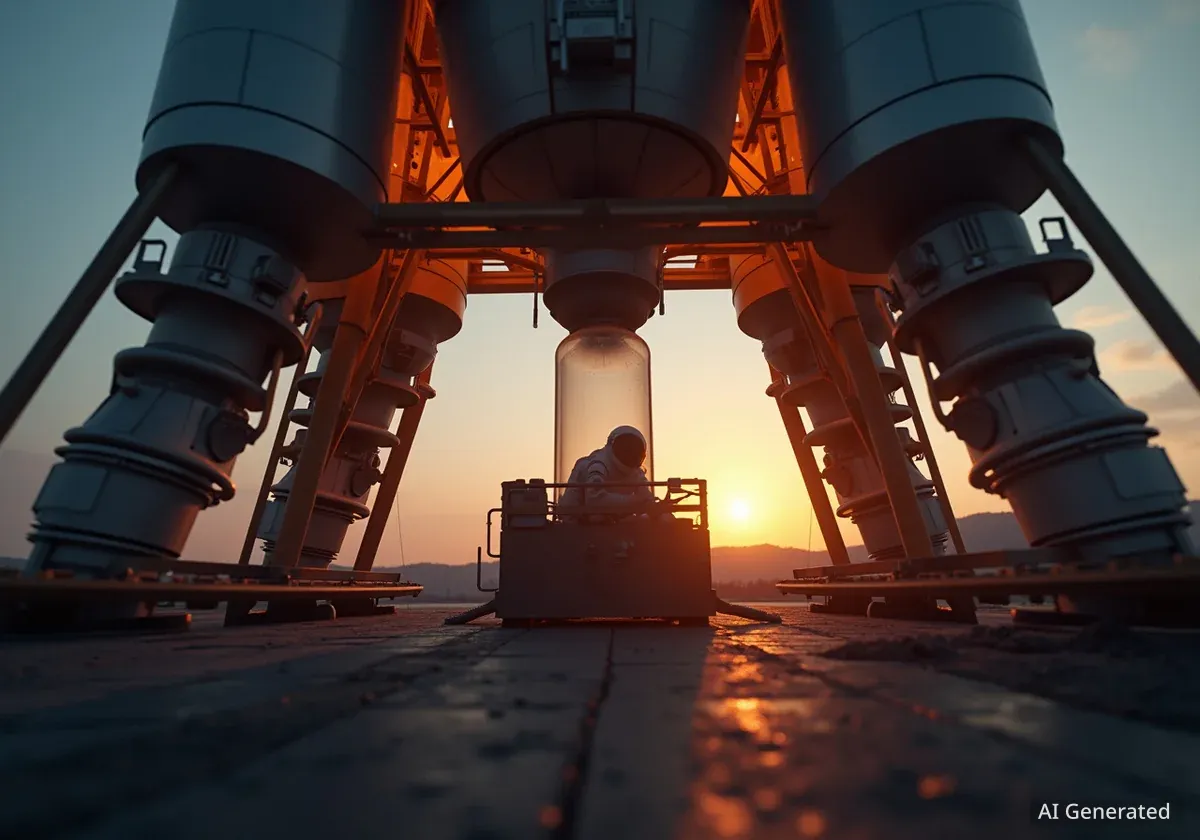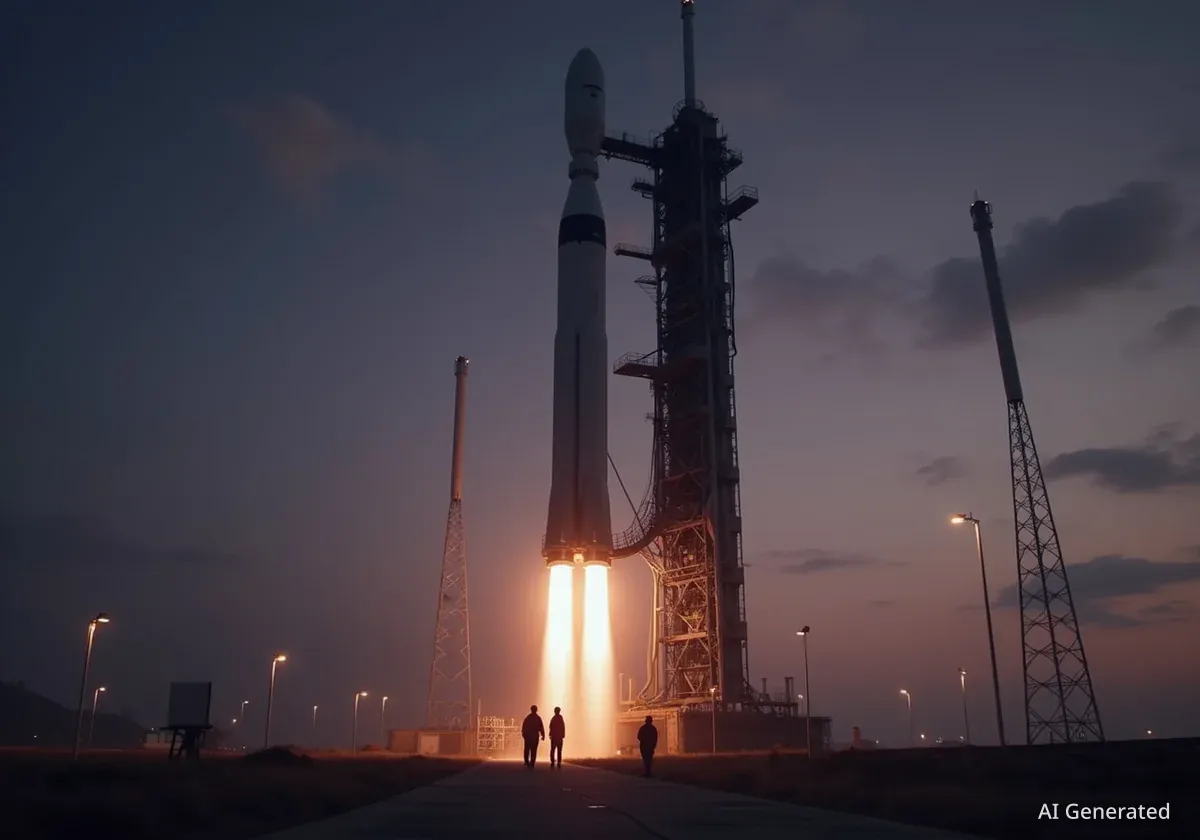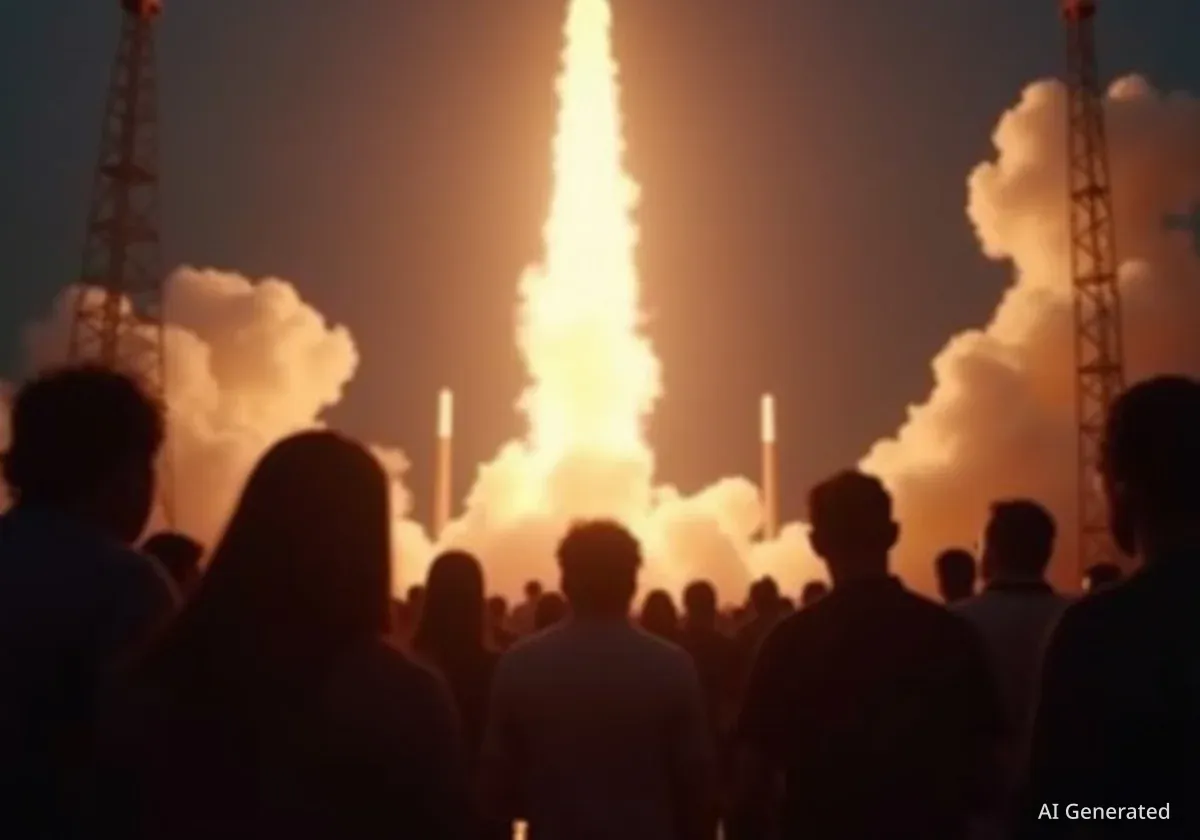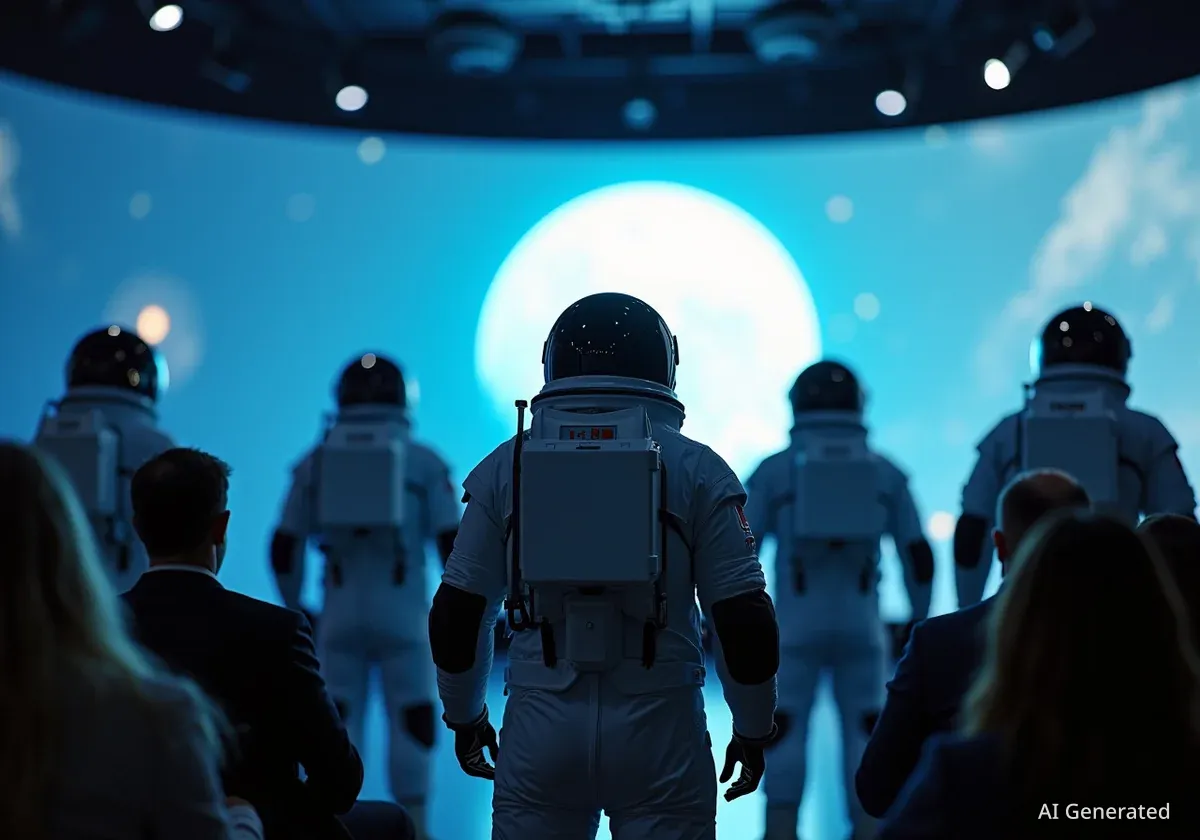Canadian astronaut Jeremy Hansen, a crew member on NASA's upcoming Artemis 2 mission, has an unusual pre-flight preparation plan: he intends to take a short nap on the launchpad. The mission, scheduled for next year, will be the first crewed flight to the Moon since the Apollo program concluded in the 1970s.
Key Takeaways
- Canadian astronaut Jeremy Hansen plans to nap inside the Orion spacecraft before the Artemis 2 launch.
- The crew will board the spacecraft approximately three hours before liftoff, providing a window for rest.
- Artemis 2 is a ten-day mission to fly around the Moon, traveling farther from Earth than any previous human spaceflight.
- The mission serves as a critical test flight for the Orion spacecraft and its systems ahead of the Artemis 3 lunar landing.
Pre-Launch Preparations and a Window for Rest
Jeremy Hansen, who will be making his first flight into space, revealed his plan in an interview with Ars Technica. The Artemis 2 crew is scheduled to enter the Orion spacecraft about three hours before the scheduled liftoff, a period that includes numerous system checks and preparations.
Hansen believes this pre-launch window offers an opportunity for a brief rest. "There’s enough time built in there to have a nap," he explained. To prepare for this unique moment, Hansen has been actively training himself to fall asleep quickly.
"I’ve been practicing falling asleep. So if the loops are quiet enough, and I get a minute, I’ll try for a nap."
This approach highlights the intense focus and mental discipline required for human spaceflight, where managing energy and stress is crucial, even in the final moments on Earth.
The Artemis 2 Mission
Artemis 2 is the second scheduled flight of NASA's Artemis program and the first to carry a crew. The mission will send four astronauts on a flight path around the Moon to test the Orion spacecraft's life-support systems and capabilities before future lunar landing missions. The crew includes NASA astronauts Reid Wiseman, Victor Glover, Christina Koch, and Canadian Space Agency astronaut Jeremy Hansen.
The Challenges of Sleep and Adaptation in Space
While Hansen hopes for a pre-launch nap, staying asleep as the countdown nears its end will be difficult. Mission commander Reid Wiseman described the powerful final seconds before launch.
"About seven seconds prior to liftoff, the four main engines light, and they come up to full power," Wiseman told Ars Technica. "And then the solids light, and that’s when you’re going." The immense vibration and sound from the Space Launch System (SLS) rocket will make rest impossible at that stage.
Beyond the launch, Hansen has also expressed concerns about adapting to the microgravity environment. He admitted he was "definitely worried" about experiencing space adaptation syndrome, a common condition similar to motion sickness that affects many astronauts during their first days in space.
A Record-Breaking Trajectory
The Artemis 2 mission is set to break human spaceflight records. The crew will travel approximately 250,000 miles from Earth and fly about 6,400 miles beyond the far side of the Moon, farther than any human has ever traveled.
Mission Objectives and the Path to Artemis 3
The ten-day flight is more than just a trip around the Moon; it is a critical data-gathering expedition. The information collected will be essential for the success of Artemis 3, which aims to land astronauts on the lunar South Pole using SpaceX's Starship Human Landing System.
Testing Life Support Systems
One key experiment involves testing a specialized exercise device known as a flywheel. This equipment allows astronauts to perform both weightlifting and cardiovascular exercises in zero gravity. The crew will use the flywheel to understand how increased perspiration affects the Orion spacecraft's life support systems, a vital consideration for longer missions.
The sleep schedule immediately following the launch is also unconventional. According to Hansen, the plan includes an initial four-hour nap after the spacecraft enters orbit and converts to its spaceflight mode. This is followed by a crucial engine burn to raise their orbit (perigee raise burn) and a communications check.
"We get a nap, roughly about a four-hour block there, and then we get up... and then we go back to bed again. So it’s a strange day from a sleep perspective."
Hansen acknowledged the difficulty of resting amid the excitement of being in space for the first time. "The challenge is actually getting to sleep in that excitement," he said. "I think exhaustion will help."
NASA is targeting a launch for the Artemis 2 mission as early as next year, setting the stage for humanity's return to the lunar surface later this decade.





